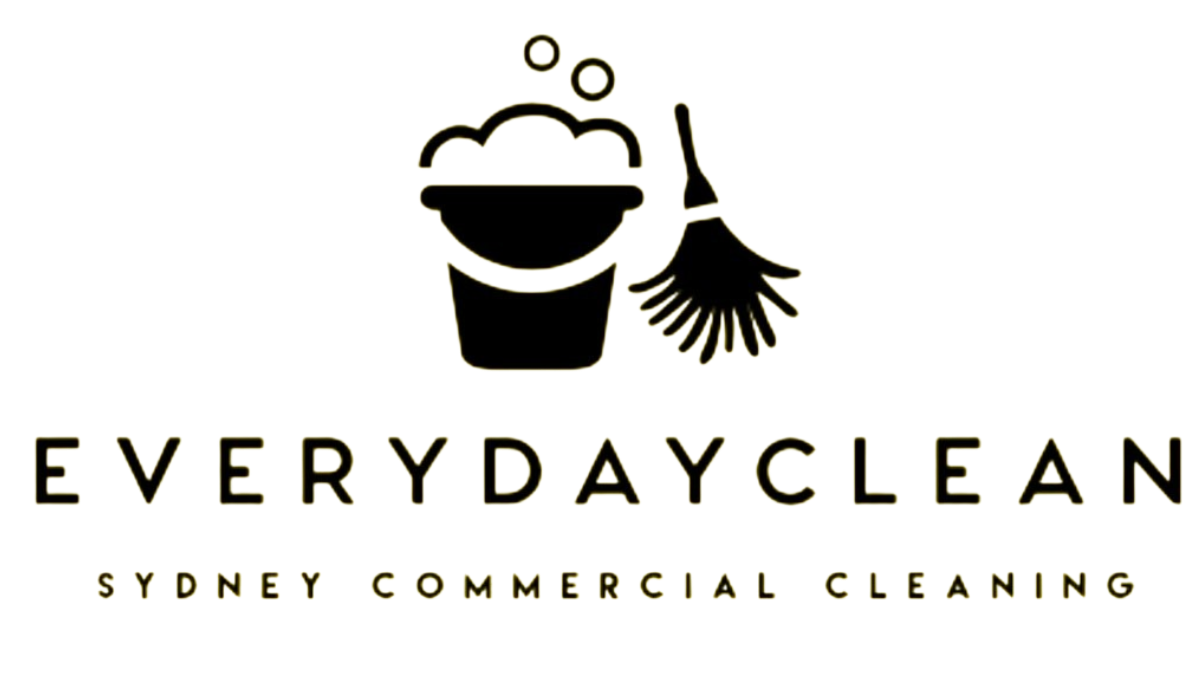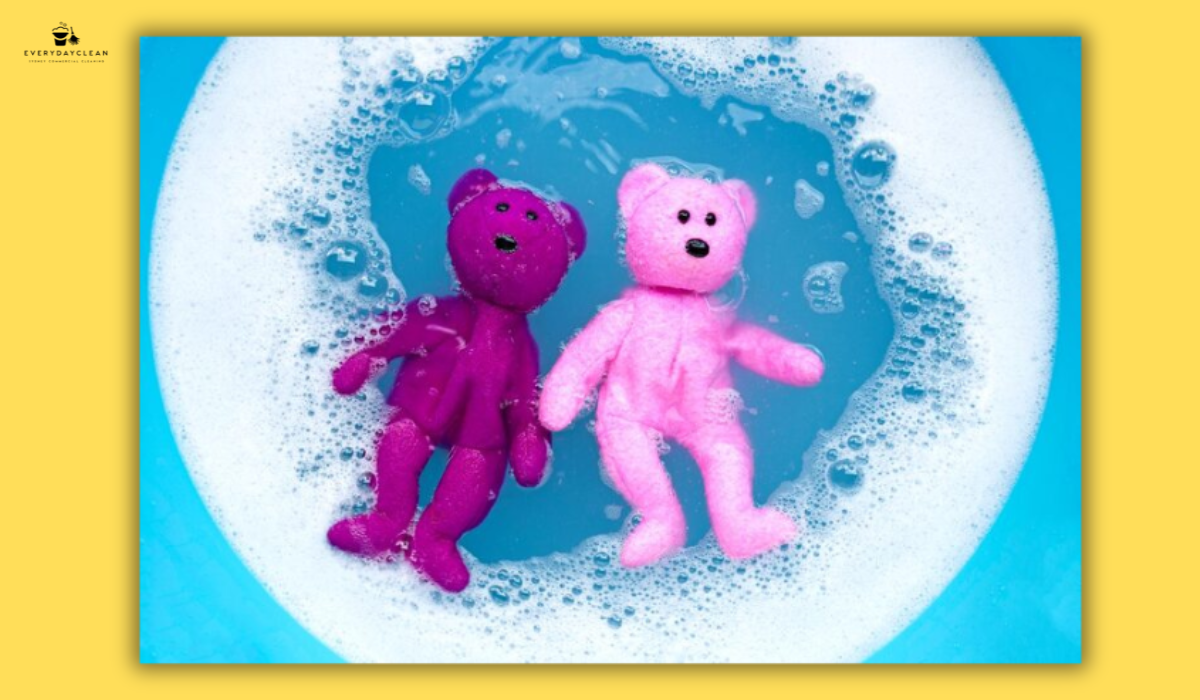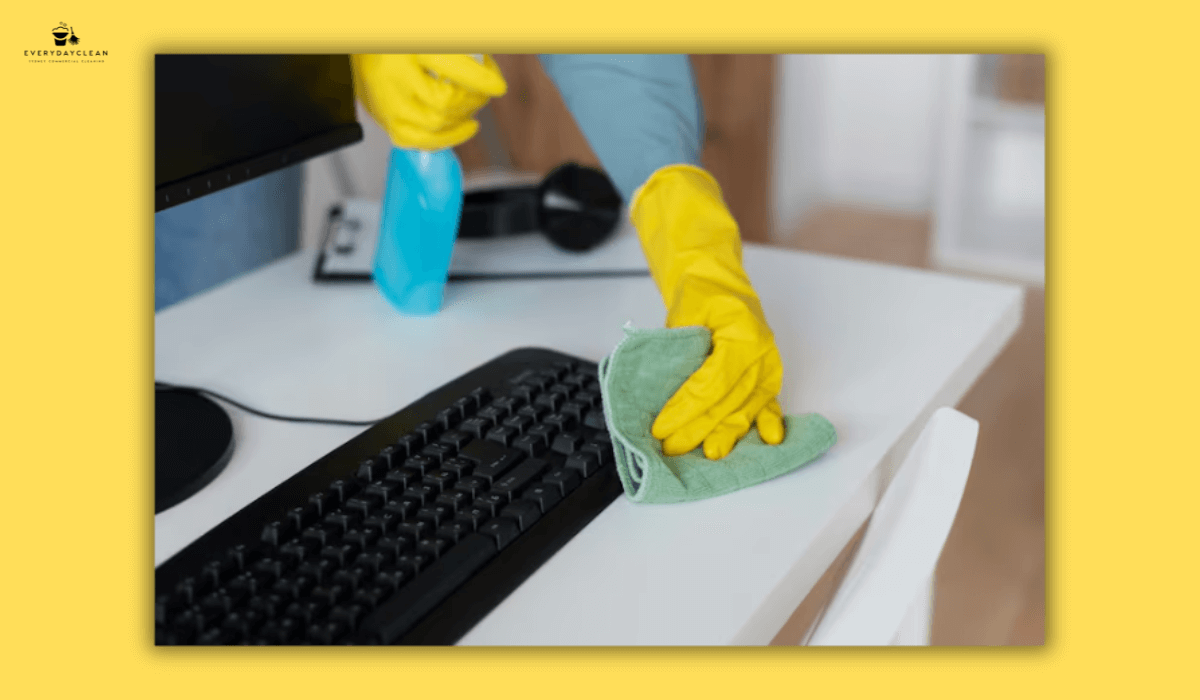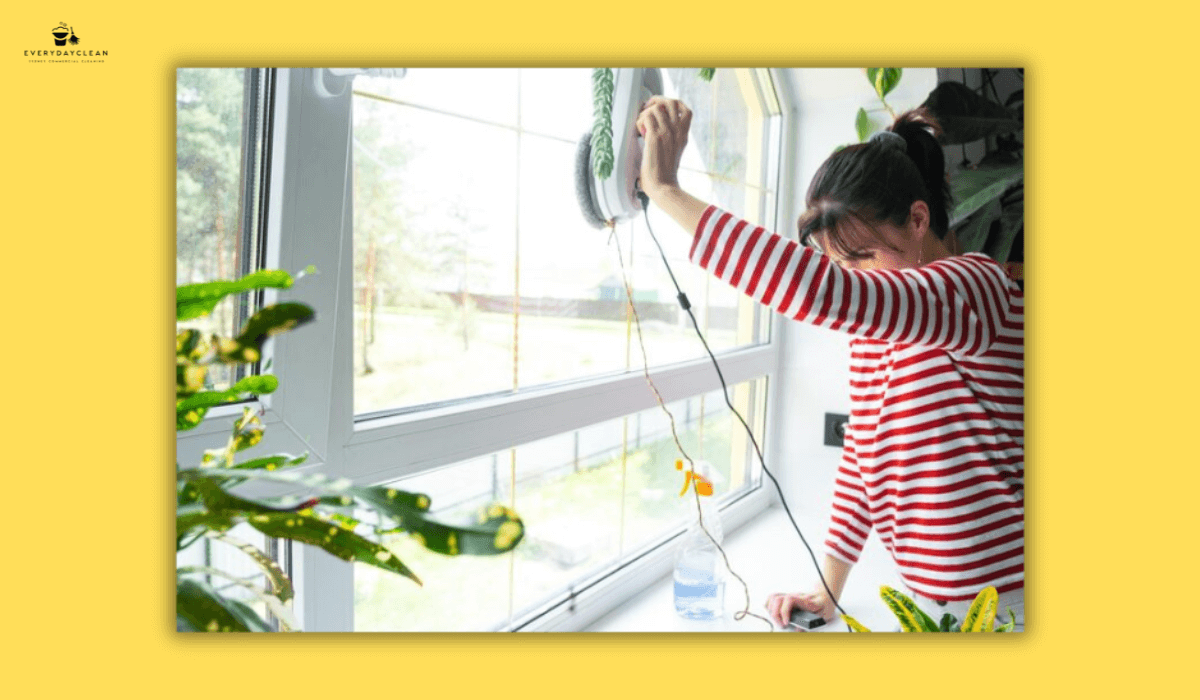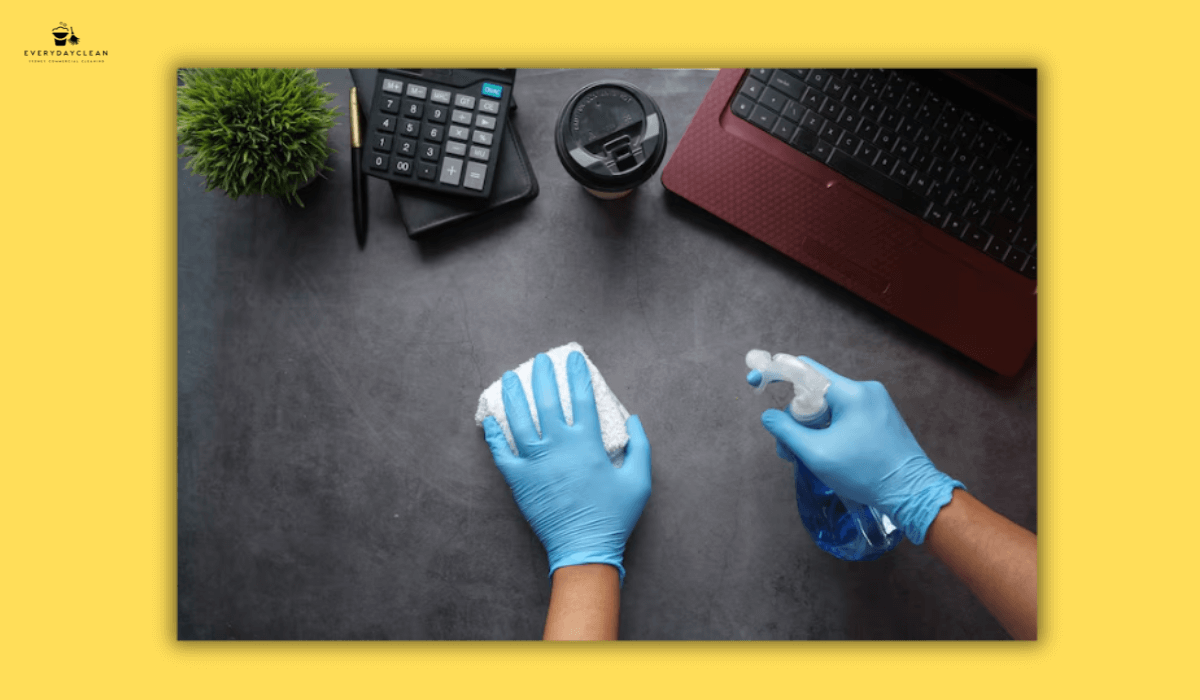7 Essential Rules on How Often Daycare Should Clean Toys
How often should daycare clean toys? Every day — and more often for high-risk items. Toys handled by infants and toddlers, especially those that are mouthed, sneezed on, or shared between children, must be cleaned and sanitised after each use to prevent germs from spreading. Hard plastic toys should be washed daily with warm water and mild detergent or run through a dishwasher (in a separate load from dishes). Soft or fabric toys should be laundered weekly or immediately if soiled. Any toy touched by an unwell child must be removed from play, cleaned, and disinfected before reuse. Following this schedule ensures a consistently hygienic and compliant childcare environment that protects every child’s health.
According to Australian hygiene guidelines, daycare toy cleaning frequency should follow:
- Mouthed or infant toys: after every use
- Shared hard toys: daily
- Soft or fabric toys: weekly
- After illness or outbreaks: immediately
These evidence-based cleaning intervals outline exactly how often daycare should clean toys and how to structure routines for safety, compliance, and everyday hygiene.
Rule 1: Clean Infant and Mouthed Toys After Every Use
Toys used by infants or toddlers often end up in their mouths, making them high-risk for transmitting germs. Cleaning must be done after every individual use, not just at the end of the day.
Wash these toys with warm water and mild detergent, rinse thoroughly, and then apply a child-safe sanitiser. Air dry on a clean rack until completely dry before putting them back into circulation.
Staff should also maintain a separate container labelled “To Be Sanitised” to prevent used toys from mixing with clean ones. This simple separation practice helps reduce the risk of cross-contamination between play sessions.
Rule 2: Sanitise Shared Hard Toys Daily
Shared toys such as blocks, puzzles, dolls, and pretend kitchen tools are touched by many hands in one day. Without daily cleaning, germs can multiply overnight and spread easily across rooms.
Each day, wipe or soak these toys using warm soapy water, rinse them, and apply a disinfectant that meets Australian TGA standards. Allow the disinfectant’s full contact time, then air dry naturally.
A daily cleaning log helps ensure no toys are missed and provides transparency during health inspections. This routine also keeps toys visibly clean, maintaining trust among staff and parents.
Rule 3: Wash Fabric and Soft Toys Weekly
Soft toys and cloth items collect dust, drool, and allergens over time. Weekly laundering is the minimum frequency to maintain hygiene, but they should be cleaned sooner if visibly soiled or mouthed.
Launder using a hypoallergenic detergent and warm water, then dry completely in the unlight or in a heat dryer. In humid conditions, partial drying can cause mildew or odours, so complete drying is essential.
During sickness outbreaks, soft toys should be removed temporarily from play areas to avoid trapping bacteria or moisture. Once the illness period passes, reintroduce them after full disinfection and drying.
Rule 4: Disinfect Toys Immediately After Illness or Outbreaks
When illness strikes — from colds to gastroenteritis — the cleaning routine must intensify. Viruses like norovirus and influenza can survive on plastic and fabric surfaces for several days.
During and after an outbreak, clean and disinfect all shared toys after every use until the last illness is cleared. Remove soft toys completely during this time. Focus especially on high-touch zones such as building blocks, sensory bins, and table-top games.
Use freshly mixed sanitising solutions, switch to new cleaning cloths after each round, and document every clean for accountability. This enhanced cleaning period should continue for at least 48–72 hours after the last reported case.
Rule 5: Match Cleaning Frequency to Toy Material
Each toy material reacts differently to cleaning methods. To prevent damage while maintaining hygiene, cleaning frequency should reflect the material’s properties.
- Plastic and Non-Porous Toys: Clean daily with detergent, rinse, then disinfect. During outbreaks, disinfect after every play session.
- Wooden Toys: Wipe daily with a damp cloth and mild soap. Avoid soaking to prevent swelling. Disinfect weekly with an alcohol-free sanitiser.
- Soft/Fabric Toys: Launder weekly or when soiled, ensuring full drying.
- Electronic Toys: Wipe daily with a disinfectant wipe, ensuring no moisture enters the circuitry.
- Outdoor Toys: Hose down and disinfect twice weekly, or more frequently if shared between groups.
This material-based system prevents unnecessary wear and extends the lifespan of play equipment while maintaining hygiene standards.
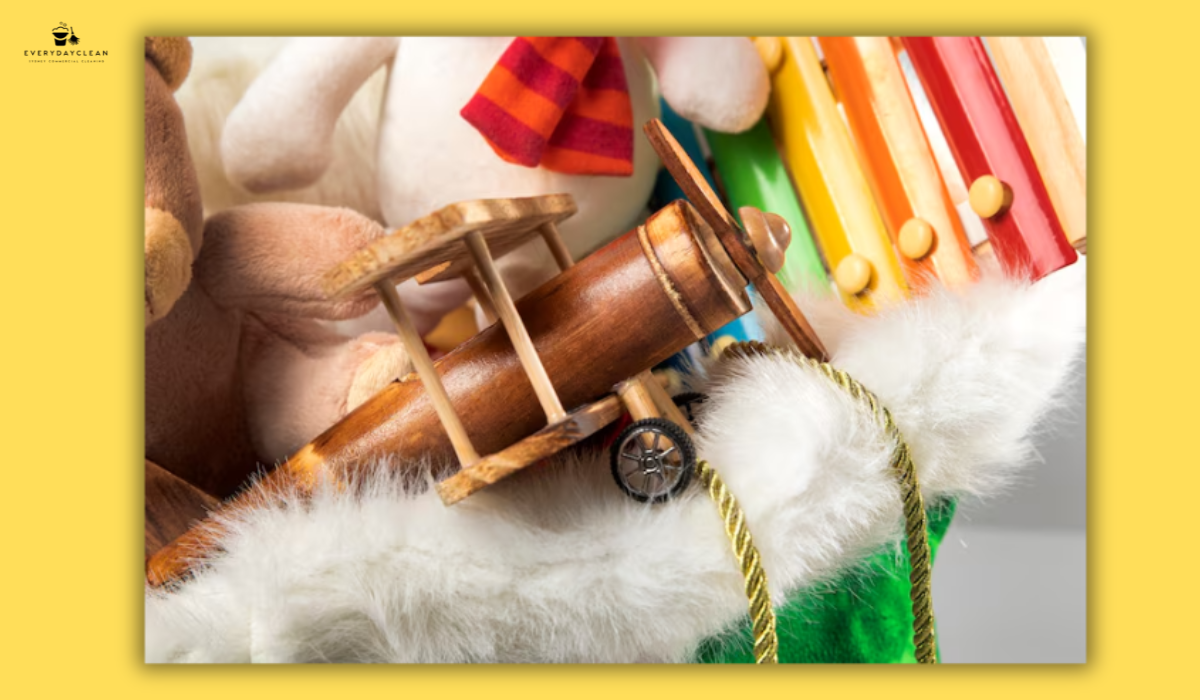
Rule 6: Establish a Consistent Cleaning Workflow
Without structure, even well-intentioned routines can be inconsistent. A daycare cleaning system keeps every room compliant and on schedule.
Steps to Implement an Effective Cleaning Workflow:
- Categorise toys by material and risk level — for example, “mouthed,” “shared,” or “soft.”
- Label two bins: one marked “Used” and one “Clean and Ready.”
- Assign cleaning duties to specific educators or support staff for accountability.
- Use approved cleaning products and record their contact times on a visible chart.
- Rotate toy sets weekly to allow proper drying and reduce overuse.
- Maintain cleaning logs showing date, toy type, and initials of staff responsible.
- Audit weekly to confirm standards are being met and to identify worn or uncleanable toys.
A structured system reduces re-contamination, improves staff efficiency, and ensures compliance with early-learning health requirements. These workflows align closely with the procedures we follow in our child care cleaning services across Sydney.
Rule 7: Keep Detailed Cleaning Records and Review Regularly
Maintaining written records is not just good practice — it’s required by many health authorities. Cleaning logs provide transparency for inspections and demonstrate a centre’s commitment to hygiene.
Each record should include:
- The date and time of cleaning
- The toy type or area cleaned
- The disinfectant or detergent used
- Staff initials
Review these logs weekly to ensure consistency. Centres that maintain strong documentation not only meet licensing requirements but also build parent confidence by showing that cleanliness is a daily priority. For more ideas on how to structure routines and logs, see this detailed cleaning checklist used in high-standard accommodation services.
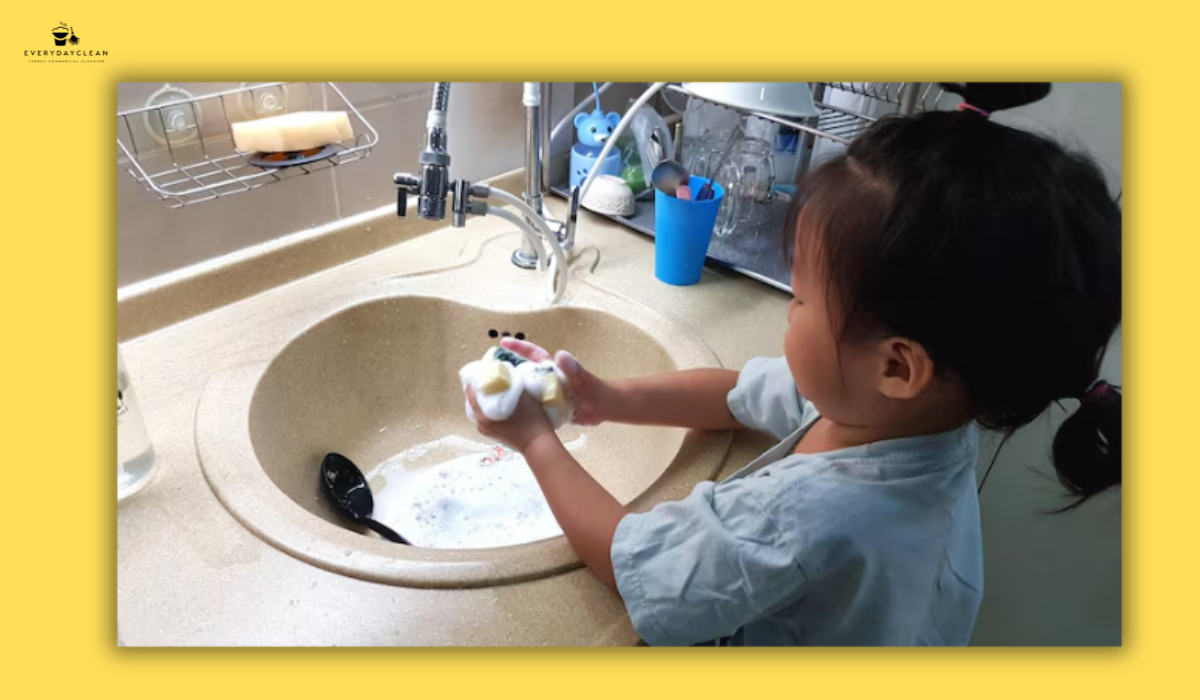
FAQs: How Often Should Daycare Clean Toys
Before moving into specific questions, it’s important to understand that cleaning frequency depends on three key factors: age group, toy material, and usage level. Below are the most frequent questions from daycare staff and parents — answered in full.
What is the best way to clean toys for infants versus toddlers?
Infant toys must be cleaned after each use, since infants frequently mouth and drool on them. Toddler toys, while less likely to be mouthed, are often shared and should be disinfected daily. Always use child-safe cleaning agents, rinse thoroughly, and allow full drying before returning them to play. This approach protects young immune systems and ensures surfaces remain germ-free throughout the day.
Can toys be cleaned in a dishwasher?
Yes, many hard plastic toys can be cleaned in a dishwasher. Use a separate load from dishes, choose a hot cycle, and let them air dry completely. This method saves staff time while ensuring thorough sanitisation. Avoid using this method for toys with batteries or soft materials that absorb moisture.
What’s the safest disinfectant for daycare toys?
Use TGA-approved, non-toxic disinfectants specifically designed for childcare environments. Avoid bleach for daily use unless managing outbreaks. Always follow product label instructions for dilution and contact time. When in doubt, consult the Safety Data Sheet (SDS) to verify the product’s suitability for children’s environments.
Conclusion
Consistent toy cleaning keeps children safe and childcare environments compliant. Mouthed toys should be cleaned after each use, shared hard toys daily, and fabric toys weekly, with immediate disinfection after illness. By applying these seven rules, daycares can maintain spotless, hygienic play spaces that promote healthy learning and parental confidence.
For professional daycare cleaning support — including toy disinfection, eco-friendly sanitation, and health-compliance systems — contact Everyday Clean. Sydney’s trusted childcare cleaning specialists ensure spotless, safe, and compliant facilities all year round.
Author: Everyday Clean Content Team
Everyday Clean is Sydney’s trusted provider of commercial cleaning solutions, including schools, offices, gyms, and childcare centres. Our licensed professionals use advanced, eco-friendly equipment to deliver safe, compliant, and spotless results across all facilities. With deep experience in the education sector, we help childcare services maintain hygienic, child-ready environments that staff and families trust.
